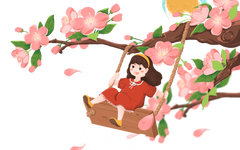Appropriate Techniques in Traditional Chinese Medicine
-Balancing Cupping-
Spring has arrived as expected

However, some friends
experience drowsiness and fatigue, lacking energy
Do you feel heaviness in your limbs, with soreness in your neck, shoulders, waist, and back?
Feeling sluggish, with sticky stools?
If you have the above symptoms
you might want to try the “Balancing Cupping” therapy
Balancing cupping utilizes various cupping techniques such as flashing, kneading, pushing, shaking, and retaining cups along the meridians, based on the theory of Yin and Yang, using the principles of neural conduction, and focusing on self-balance as a natural balancing therapy for the body.It has different effects such aswarming the meridians and dispelling cold, relaxing the meridians and invigorating blood, expelling wind and dampness, clearing heat and draining fire, and promoting Qi and unblocking collaterals. Its nature is gentle, capable of treating and preventing diseases, and can be widely applied to various conditions and the physical conditioning of sub-healthy individuals.
Indications
➤ Patients with colds;
➤ Patients with shoulder periarthritis;
➤ Healthy individuals with a damp-heat constitution;
➤ Patients with soreness in the neck and back;
➤ Patients with chronic fatigue syndrome;
➤ Patients with rheumatic joint pain;
➤ Patients with herpes zoster, etc.

Balancing Cupping Techniques

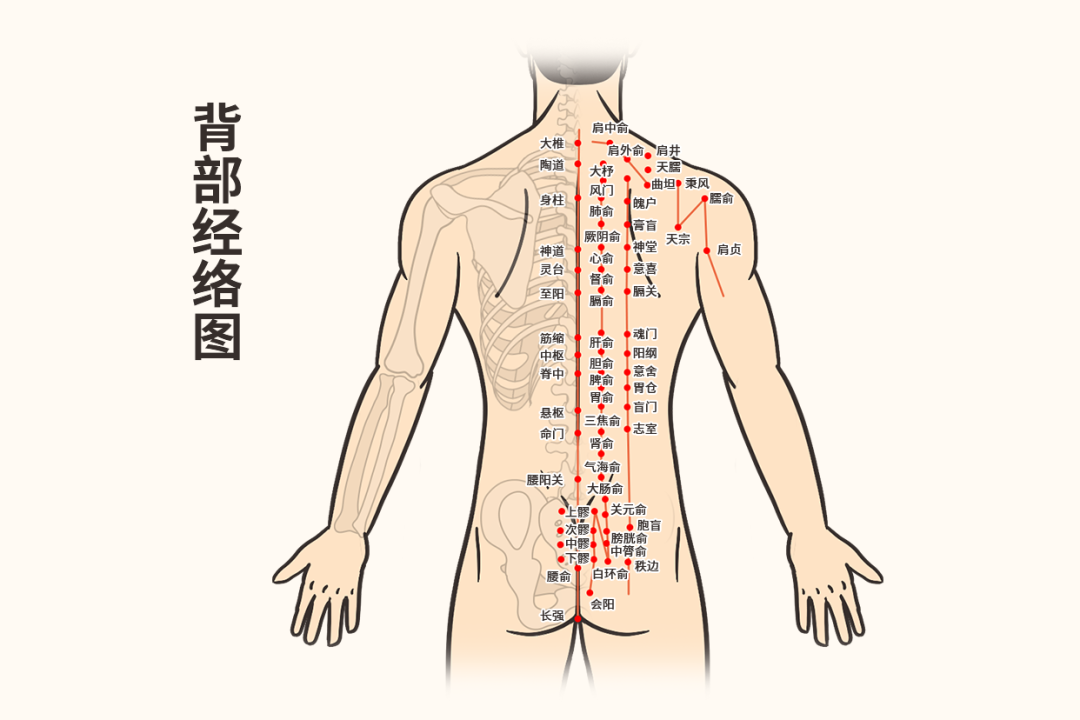
As a comprehensive cupping method, Balancing Cupping techniques mainly include:flashing, kneading, pushing, shaking, and retaining cups.
Flashing Cupping
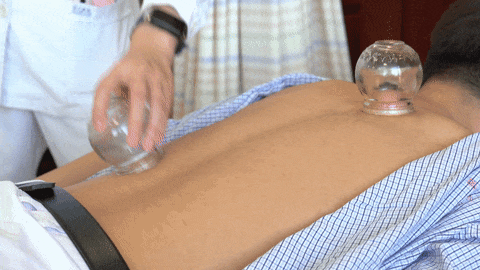
▲ Flash cupping 3-5 times on both sides of the bladder meridian on the back, alternating from top to bottom and bottom to top, stimulating the skin to activate the Qi of the meridians.
Kneading Cupping
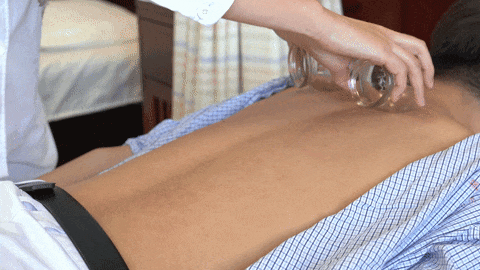
▲ After flashing, knead the cupping until warm, gently pressing and kneading along the Du meridian and bladder meridian on the back for 3-5 times to relieve muscle tension.
Pushing Cupping

▲ Use the moving cupping technique along the Du meridian and bladder meridian on the back to clear blockages.
Shaking Cupping
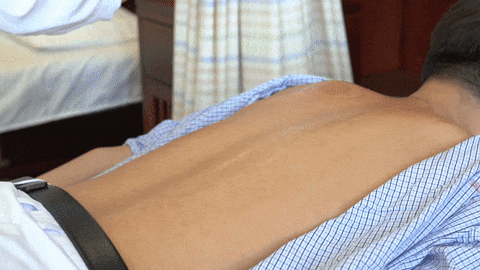
▲ Perform shaking cupping 3-5 times along both sides of the bladder meridian on the back.
Retaining Cupping

▲ Retain the cups on the treatment area to consolidate the therapeutic effect.

Warm Reminder
Attention! The following groups are not suitable for cupping
Generally, those with coagulation disorders, high fever convulsions, edema and large blood vessels, severe heart disease, bleeding disorders, tumor patients, those with active pulmonary tuberculosis; as well as those who are intoxicated, overly full, overly hungry, overly fatigued, or overly weak should not undergo cupping.
Additionally, cupping should not be performed on the orifices, the abdomen of pregnant women, the waist and sacrum, or areas with skin lesions.
※ Due to individual differences in constitution and symptoms, please consult a professional doctor for diagnosis before undergoing cupping therapy.
Source: Tianjin Binhai New Area Traditional Chinese Medicine Hospital


